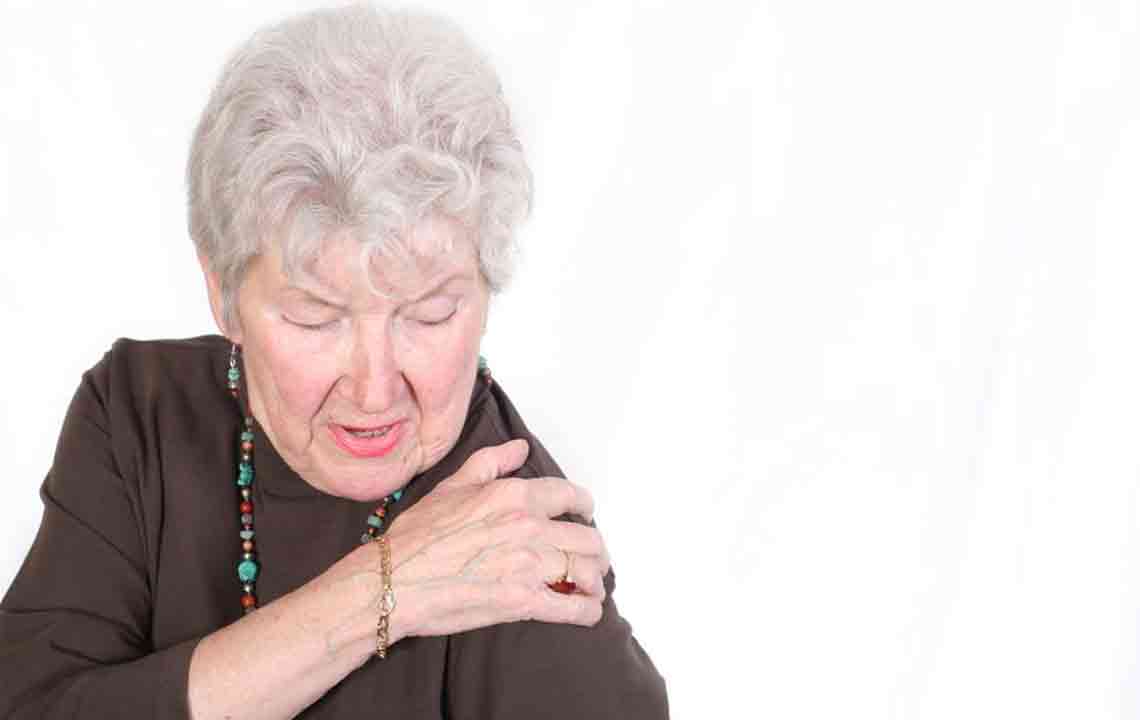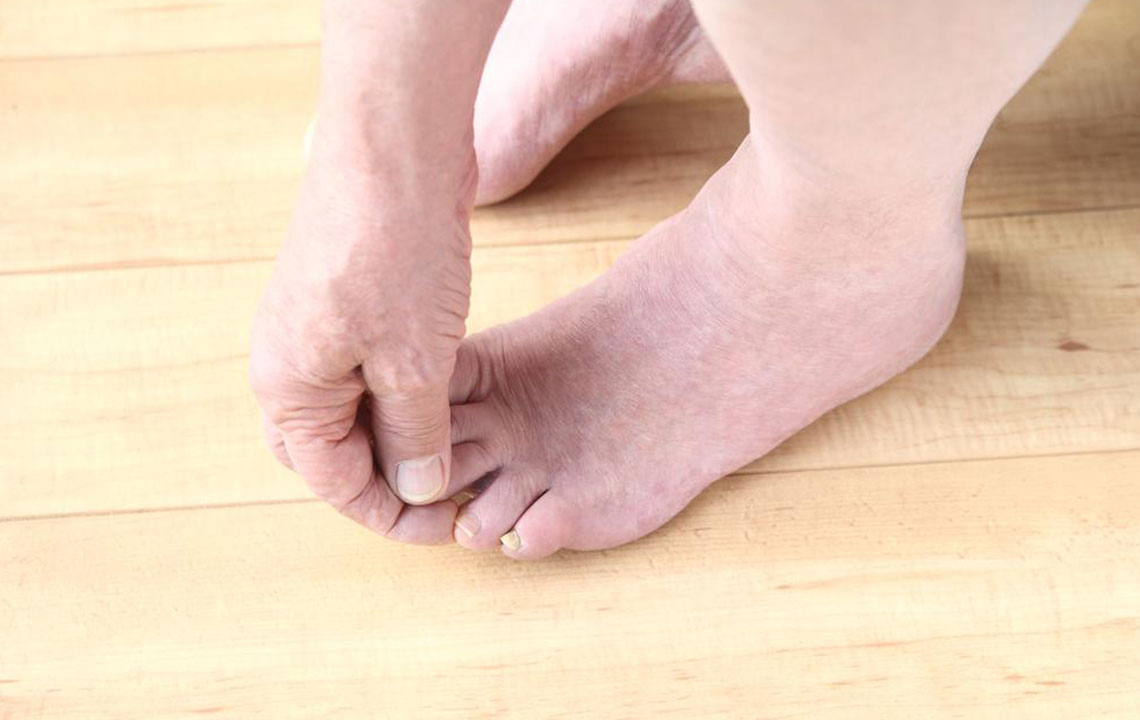Managing Foot Discomfort Caused by Fibromyalgia
Discover effective strategies for managing foot pain caused by fibromyalgia. From footwear tips to therapeutic techniques, learn how to alleviate discomfort and improve daily living despite chronic muscle pain. This comprehensive guide provides practical advice on supporting foot health and reducing symptoms associated with fibromyalgia's impact on the feet.

Managing Foot Discomfort Associated with Fibromyalgia
Living with a chronic health condition can be challenging. Conditions like fibromyalgia cause persistent discomfort, stiffness, and tenderness in muscles and joints, significantly affecting daily routines. While there is no complete cure, managing symptoms effectively allows individuals to lead manageable lives. Fibromyalgia often results in foot pain, which can be severe due to the feet bearing the body's weight. Understanding how to cope with this pain is essential for maintaining mobility and comfort.
When fibromyalgia impacts your feet:
Fibromyalgia triggers intense pain that can affect any body part, especially muscles, tendons, and joints. Foot pain is a common symptom because walking and standing place pressure on these areas. Since the feet support the body's weight, discomfort here is frequent among fibromyalgia sufferers, and most people encounter it during their condition.
Strategies for managing fibromyalgia-related foot pain
Foot pain from fibromyalgia remains constant regardless of whether you are sitting, standing, or lying down. This pain resembles restless leg syndrome and is often worse in the mornings. It worsens with prolonged inactivity, whether sitting or standing. Standing can cause throbbing, while lying down might lead to nerve discomfort spreading to calves, ankles, and knees. Foot structure plays a significant role; high arches tend to increase pain, requiring careful care and consideration.
Tips for alleviating foot pain:
Limit footwear use
Try to wear shoes sparingly. Even the most comfortable shoes should be worn for limited periods. Rotate between two pairs to relieve pressure and prevent aggravation. Using custom orthotic insoles, available from specialists, can also support arch and foot health.
When trying new shoes, break them in gradually, avoiding extended wear initially. Women should avoid wedge sandals as they can worsen toe pain.
Apply myofascial release techniques
Walking barefoot on sand or grass may seem relaxing but can cause pain for fibromyalgia sufferers, especially those with high arches. Using tools like a tennis ball or foam roller to release fascial tightness in the feet can be beneficial. Reflexology by trained practitioners can also provide relief.
Wear copper-infused compression sleeves
Copper compression sleeves for feet and ankles offer gentle support, promote blood circulation, and reduce pain. They are suitable for daily wear and even overnight use, providing ongoing relief.
Unlike joint arthritis, fibromyalgia pain affects muscles and tends not to worsen over time. It predominantly affects women—up to 90%—possibly due to hormonal factors. Understanding this difference helps in managing expectations and treatment strategies.










